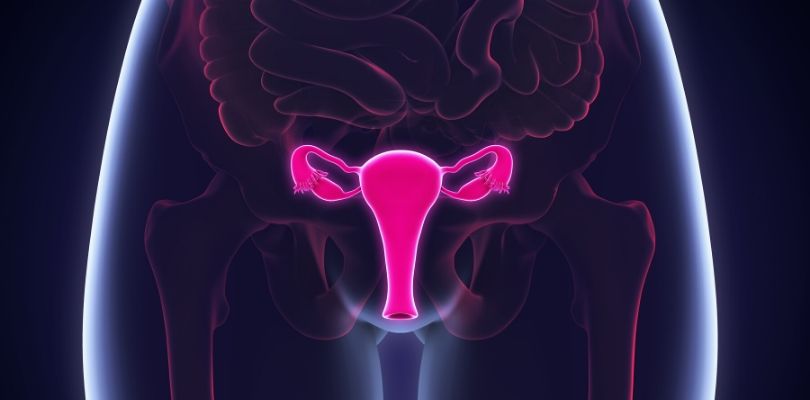Photo Credit: fluxfoto / iStockPhoto.com
What Are the Top Five Cancer Treatments?
If you’ve recently been diagnosed with cancer, you want to make sure you are getting the best treatment available. You also want to make sure that your treatment plan is right for you.
Below, we’ve outlined several cancer treatments. Keep in mind that these are several of the most popular cancer treatments available. If your cancer treatment is not on this list, it does not mean that it is not right, best, or effective — it may simply mean that your physicians have deemed that a different treatment was in your best interest for your specific type of cancer.
1. Surgery
A surgical procedure used to treat cancer will ideally remove all or a portion of the cancer from the body. A surgeon performs the procedure; although their role is large, they may not play a role in the treatment after the surgery.
Surgery may also be combined with other types of therapies, depending on the type of cancer and if the cancer has spread (metastasized).
Surgery is ideal because it may remove the tumor or at least reduce symptoms associated with cancer. However, as with any surgery, it comes with its own set of risks, such as postoperative pain and infection. In addition, if the surgery is extensive, it may require that you stay in the hospital overnight or several days after.
Uterine sarcoma is a type of cancer that overtakes the uterus. Here you will learn how the cancer is caused and how to treat it.
2. Chemotherapy
Chemotherapy is undoubtedly the gold standard of cancer treatment. Almost everyone who is aware of cancer is also aware of chemotherapy as a treatment option.
The goal of chemotherapy is to kill cancer cells. It is ideal because it can kill cancer that is localized to one area or cancer that has metastasized to other areas. It can also be used palliatively.
There are many different types of chemotherapy drugs. Many are given intravenously, while others are given orally. The doses must be calculated precisely as chemotherapeutic medications can be toxic if given in too large of doses.
3. Radiation
Like chemotherapy, radiation is one of the most common treatments for cancer.
Radiation therapy uses high-energy waves, such as X-rays, gamma rays, electron beams, or protons, to destroy cancer cells. It may be utilized as the sole form of cancer treatment or used in conjunction with other types of cancer treatment.
Radiation can be given with medications called radiosensitizers, which make cancer cells more susceptible to radiation therapy.
4. Immunotherapy
Immunotherapy helps your own immune system fight cancer. There are many types of immunotherapy options, from drugs, to T cell transfers, to infusions, to vaccinations.
This treatment option is not as widely used as other treatment options, but is indicated in almost all types of cancers at this point. There are new types of immunotherapy options in clinical trials; it is an up-and-coming treatment.
5. Stem Cell Transplant
According to the National Cancer Institute, stem cell transplants are utilized to “…restore blood-forming stem cells in people who have had theirs destroyed by the very high doses of chemotherapy or radiation therapy.”
Stem cell transplants come in three different varieties:
- Autologous: stem cells come from yourself
- Allogenic: stem cells come from someone else — it may be a blood relative or someone who is not related. These types of transplants must be matched in specific ways prior to the transplants.
- Syngeneic: stem cells come from an identical twin
This type of therapy is most often used in multiple myeloma, leukemia, lymphoma, and neuroblastoma. However, it is being used in various other types of cancers in clinical trials.
Stem cells typically do not “fight” cancer; rather, they help you recover your ability to make your own stem cells. However, in the cases of multiple myeloma and certain types of leukemia, it may actually fight cancer because of the “graft-versus-host” effect, meaning that white blood cells from the donor cells attack cancer cells.







